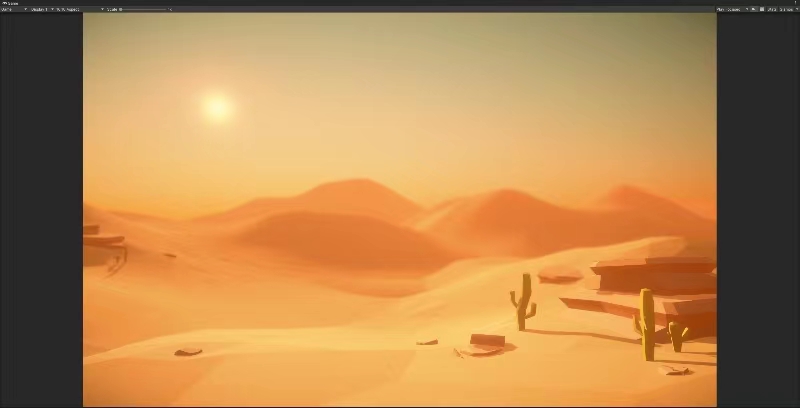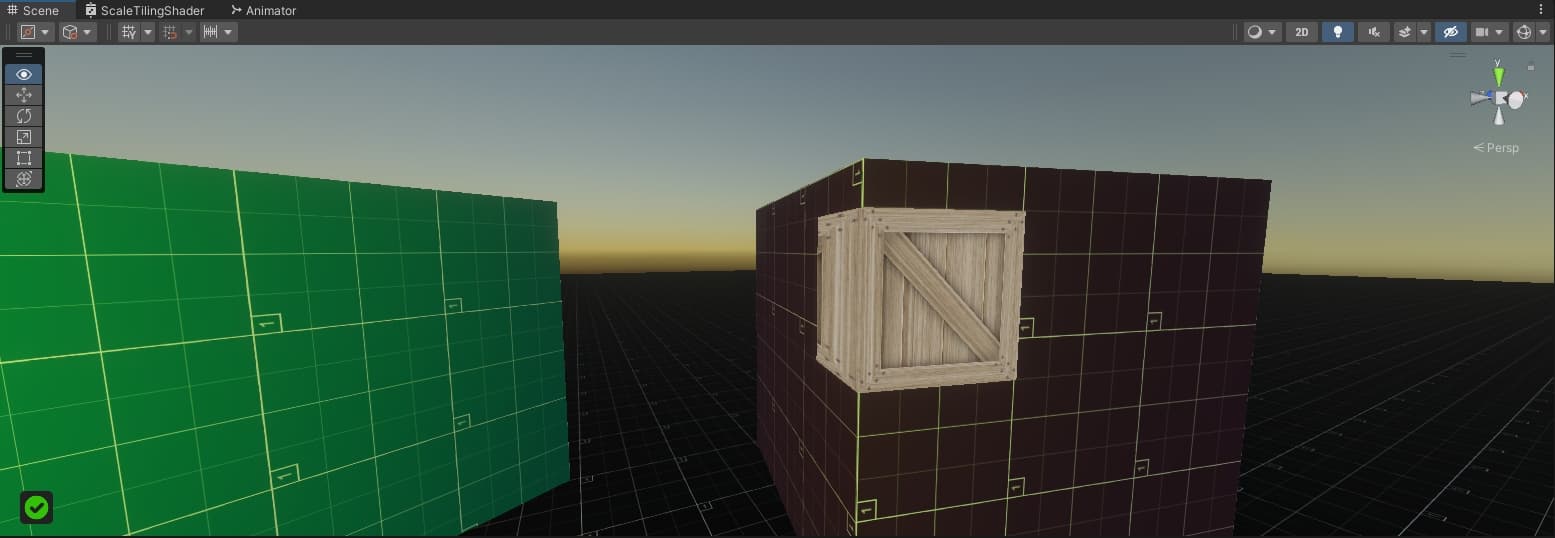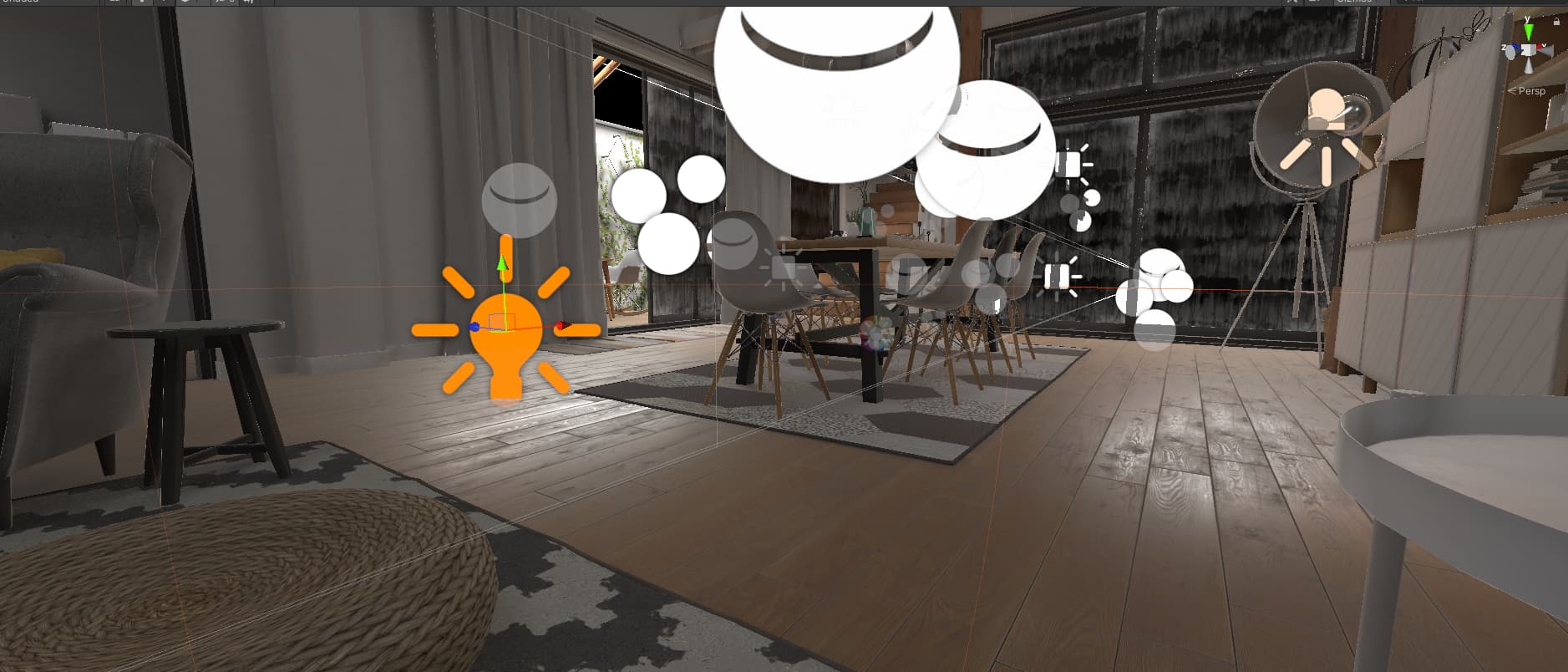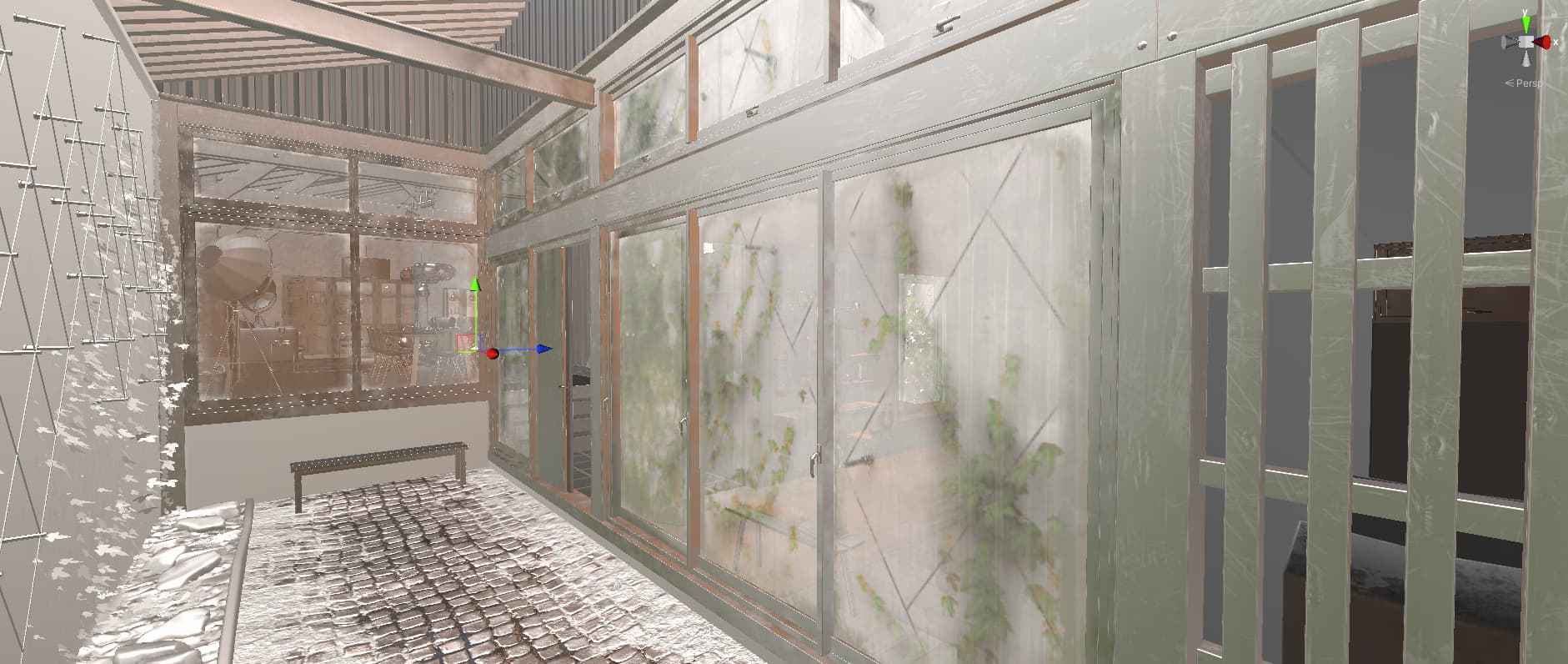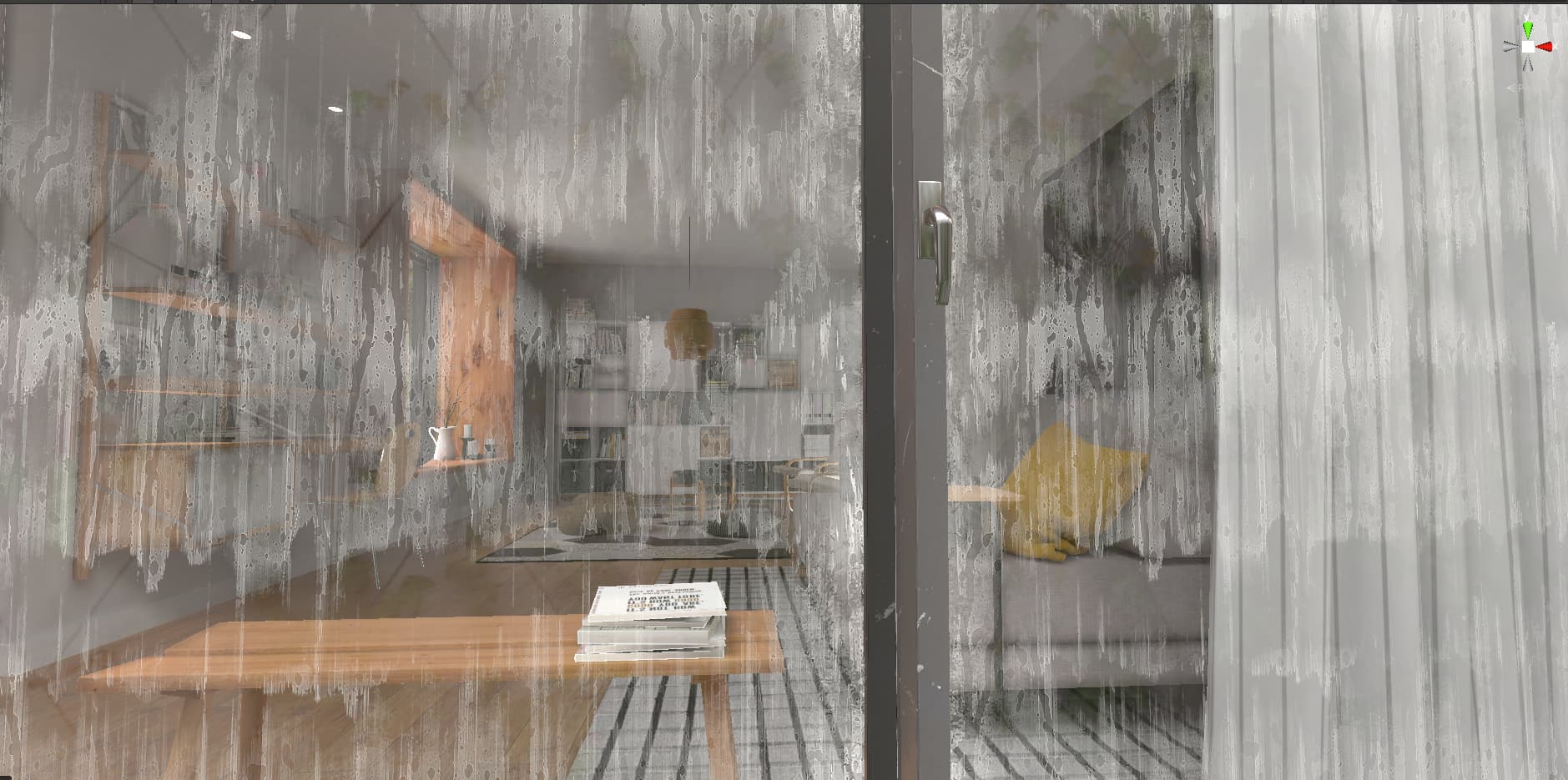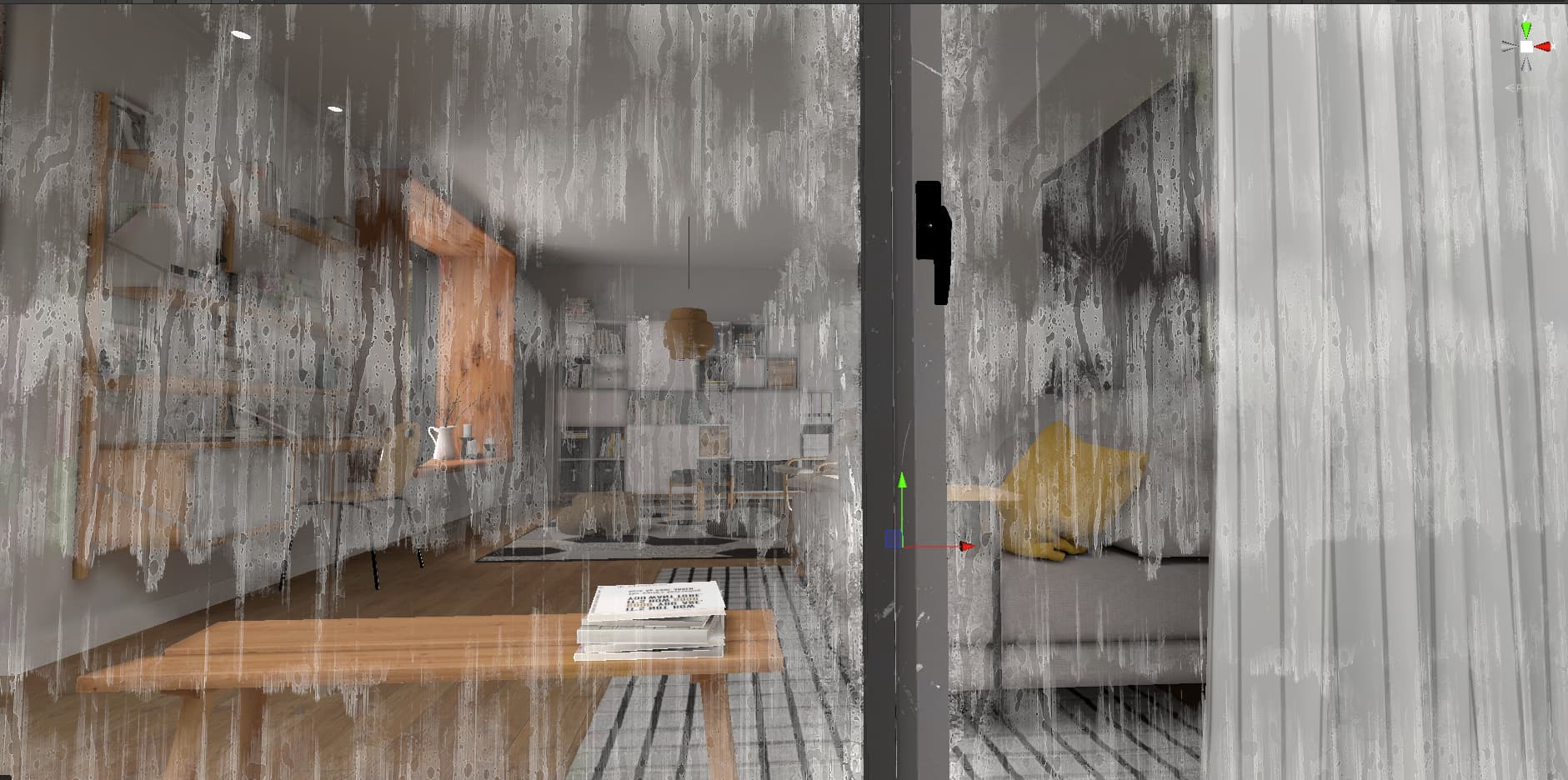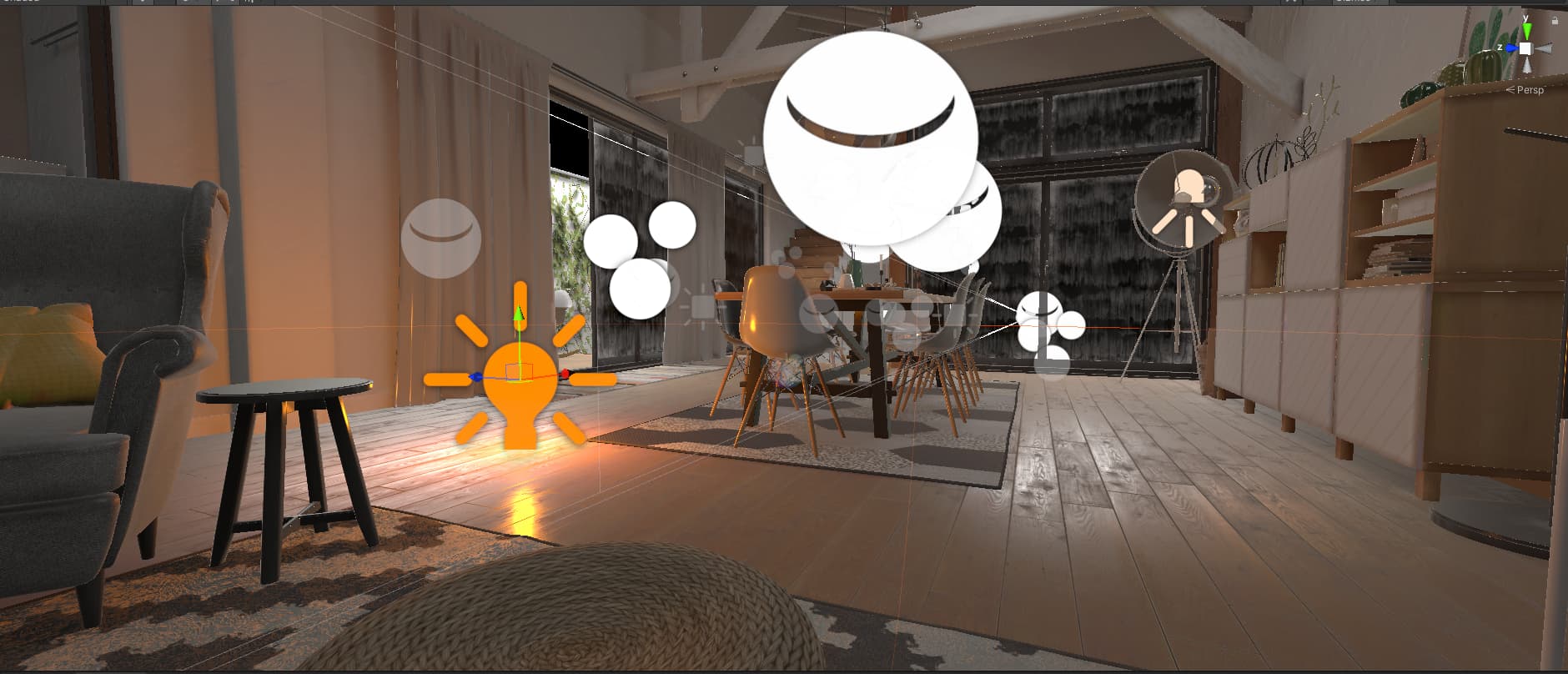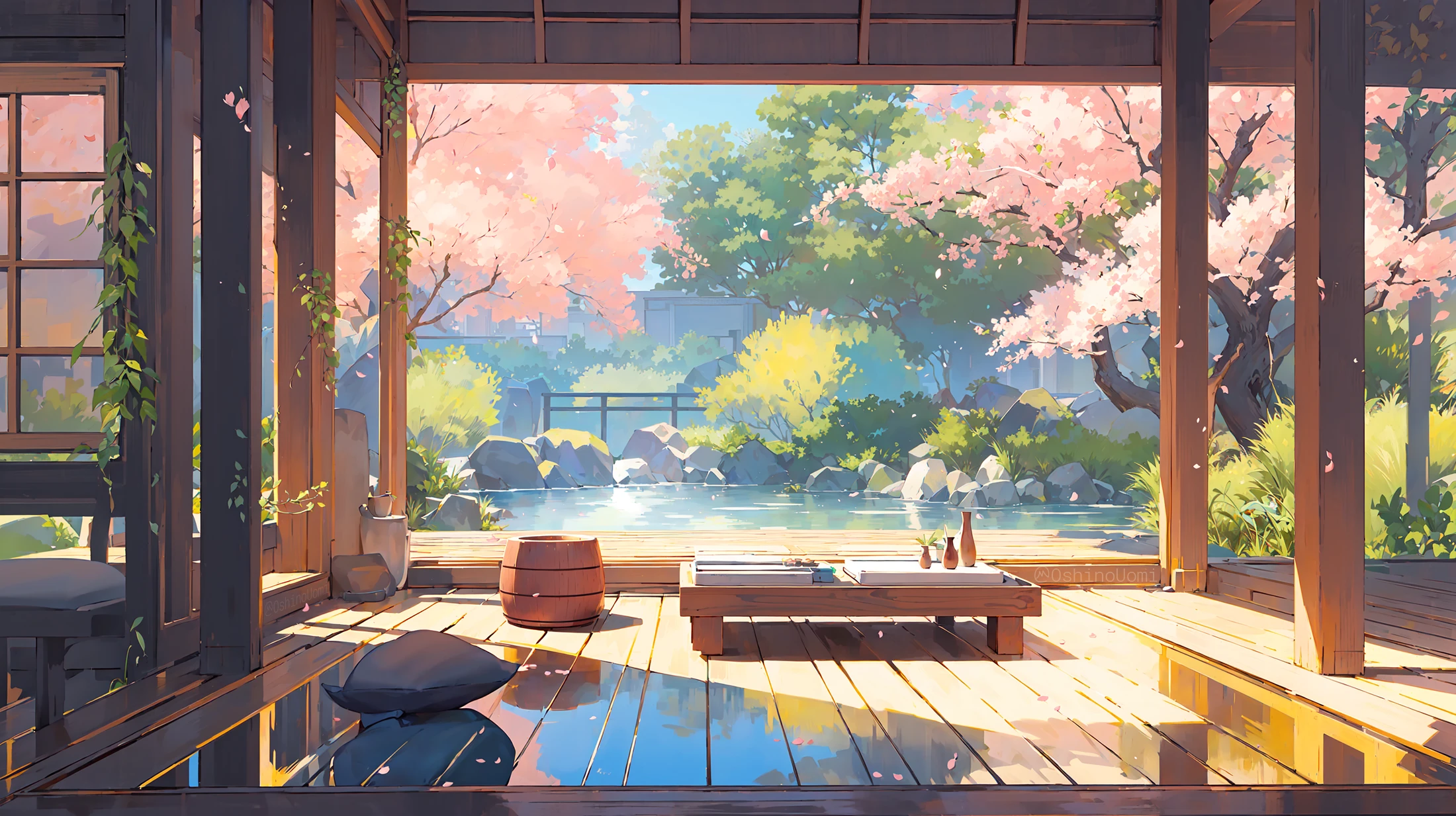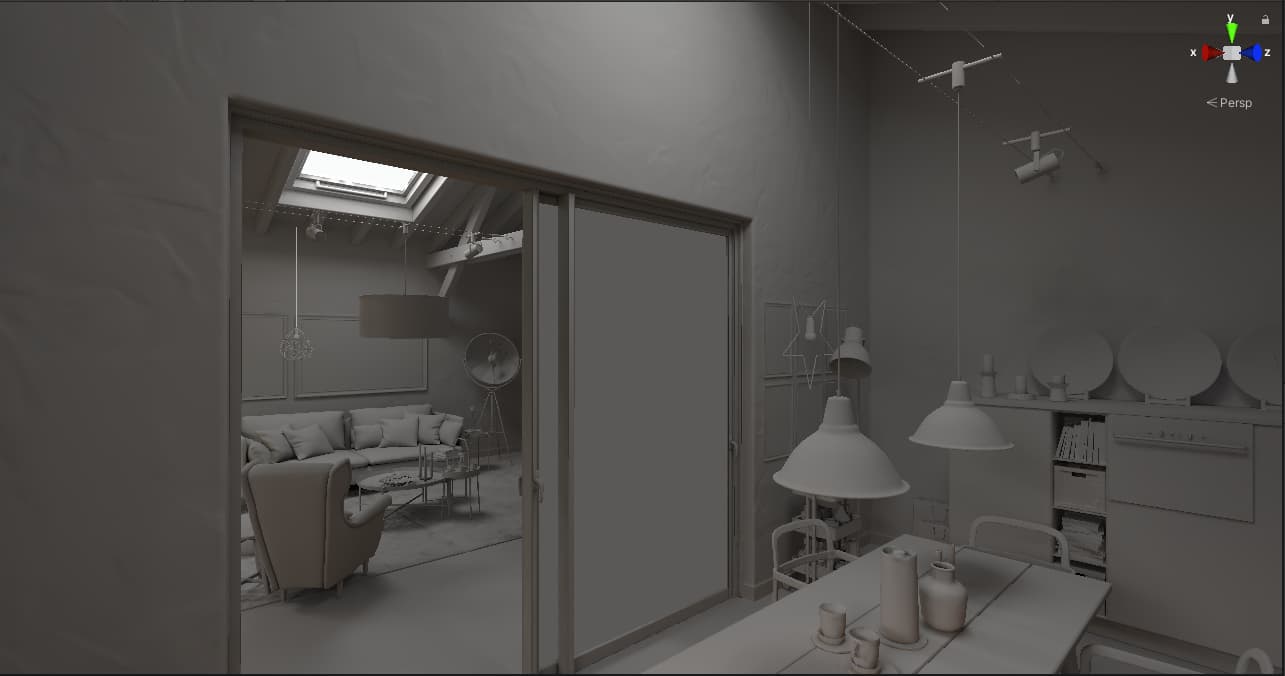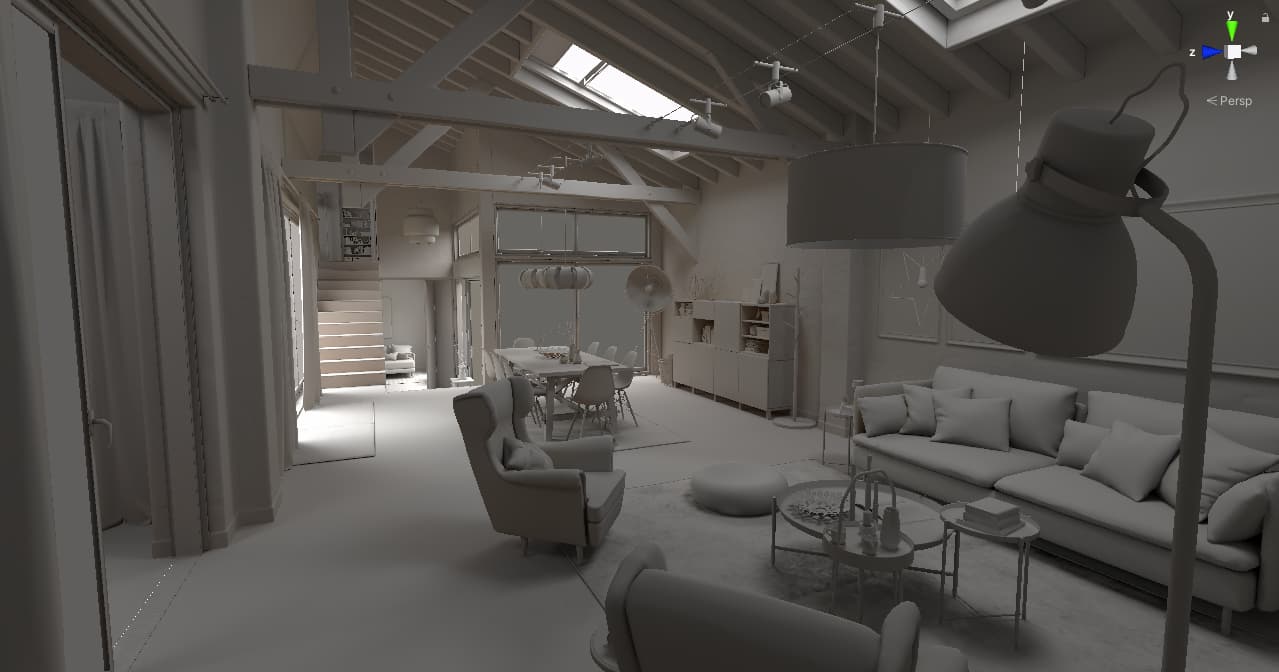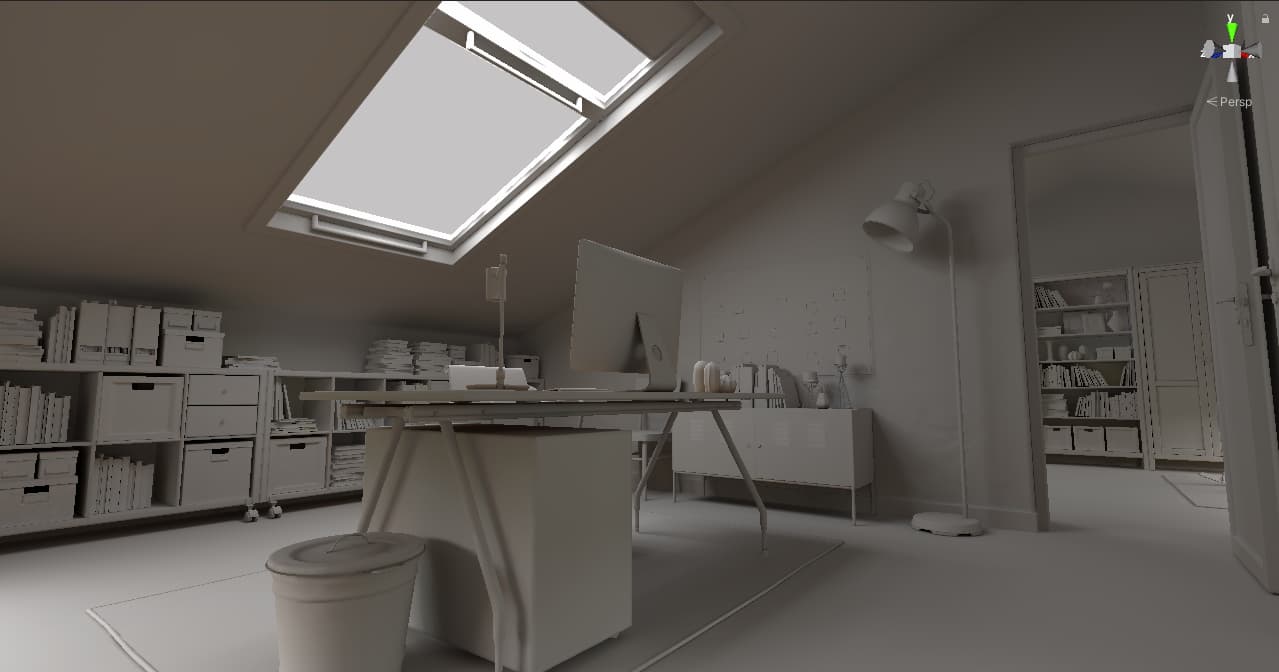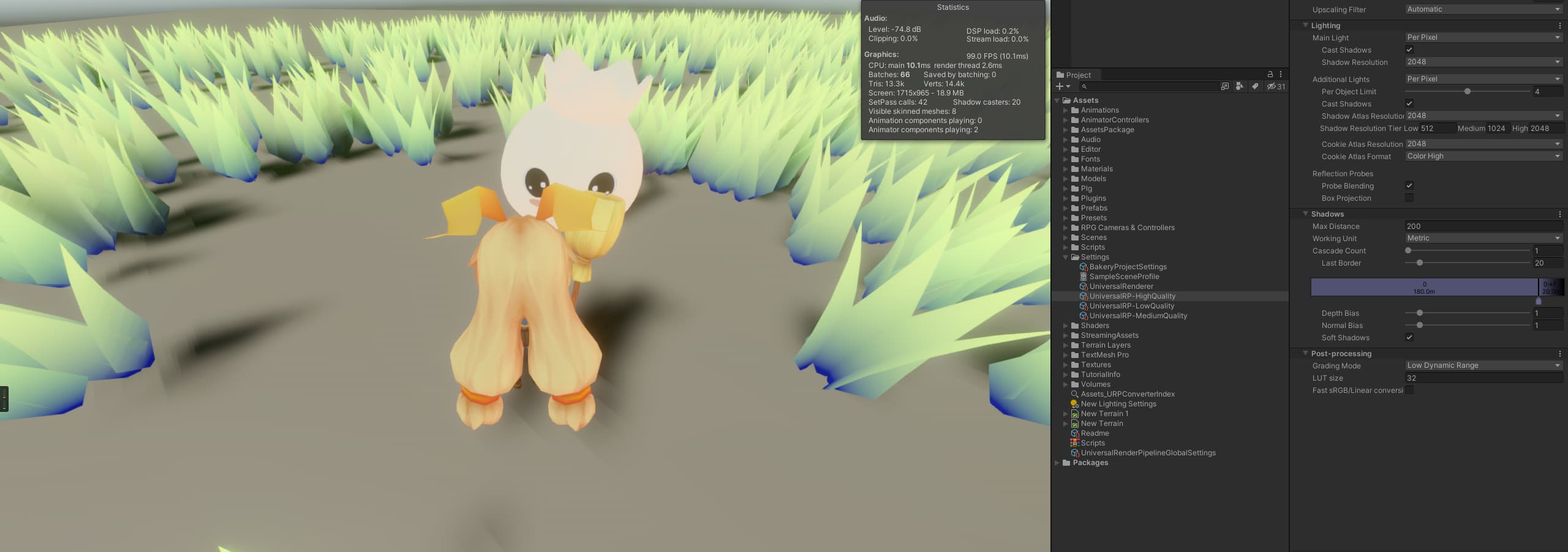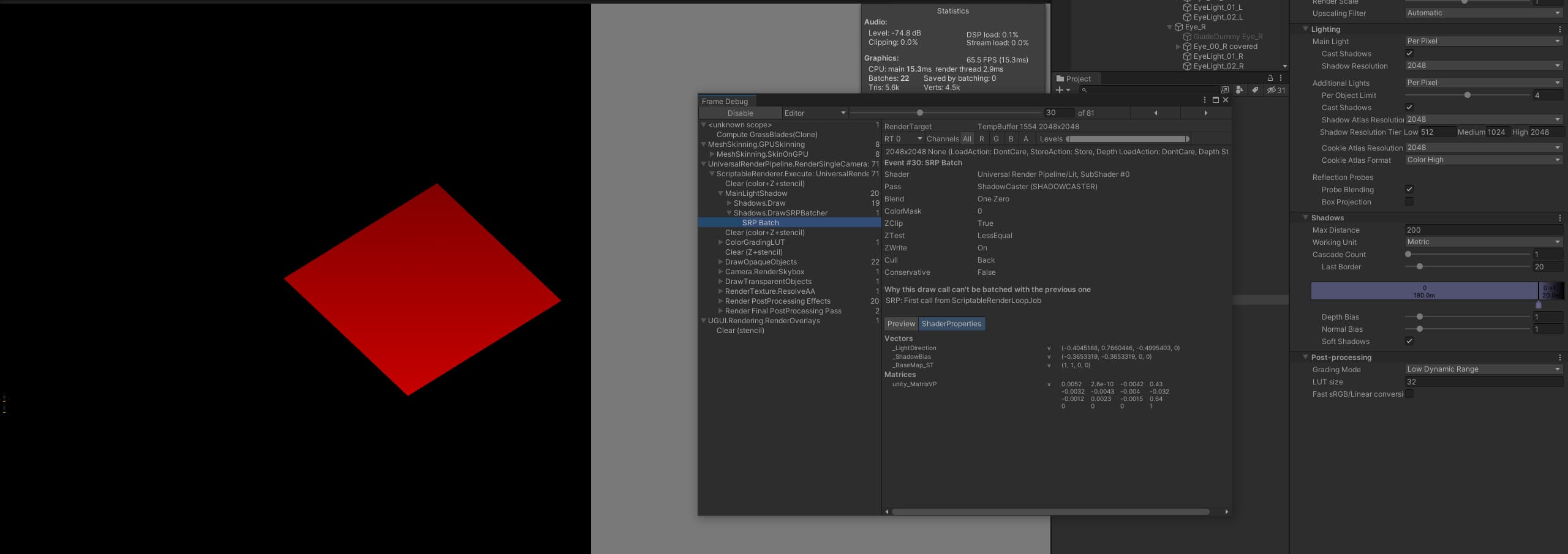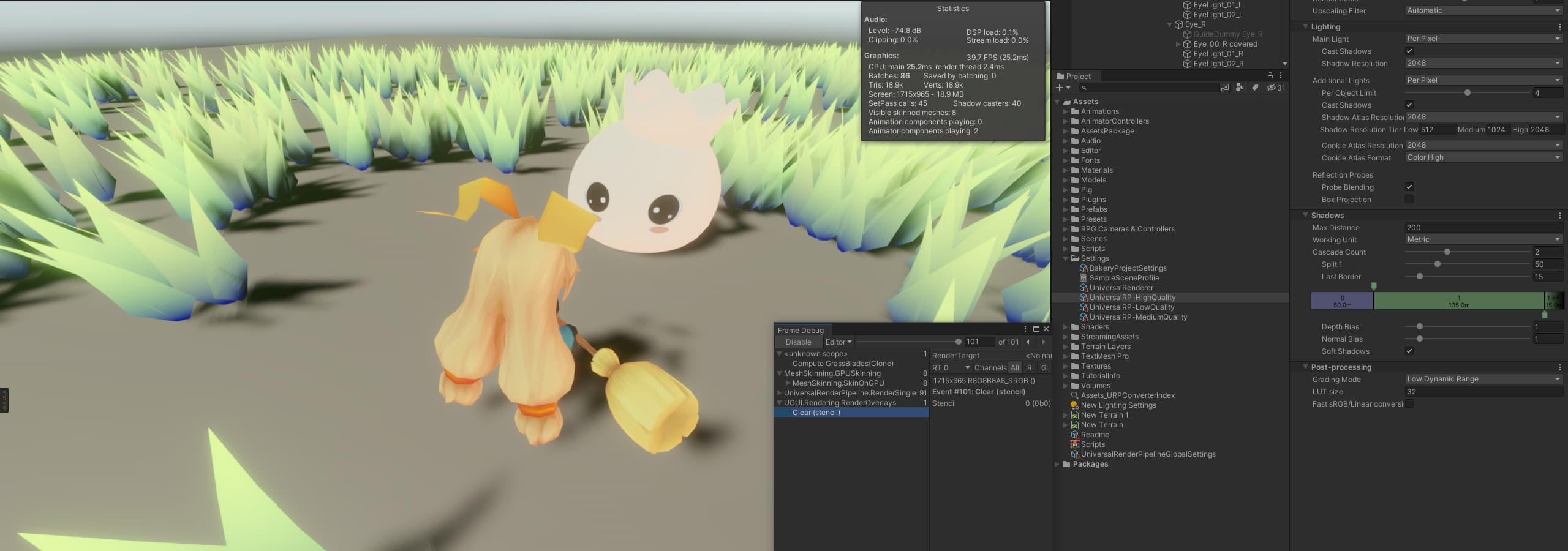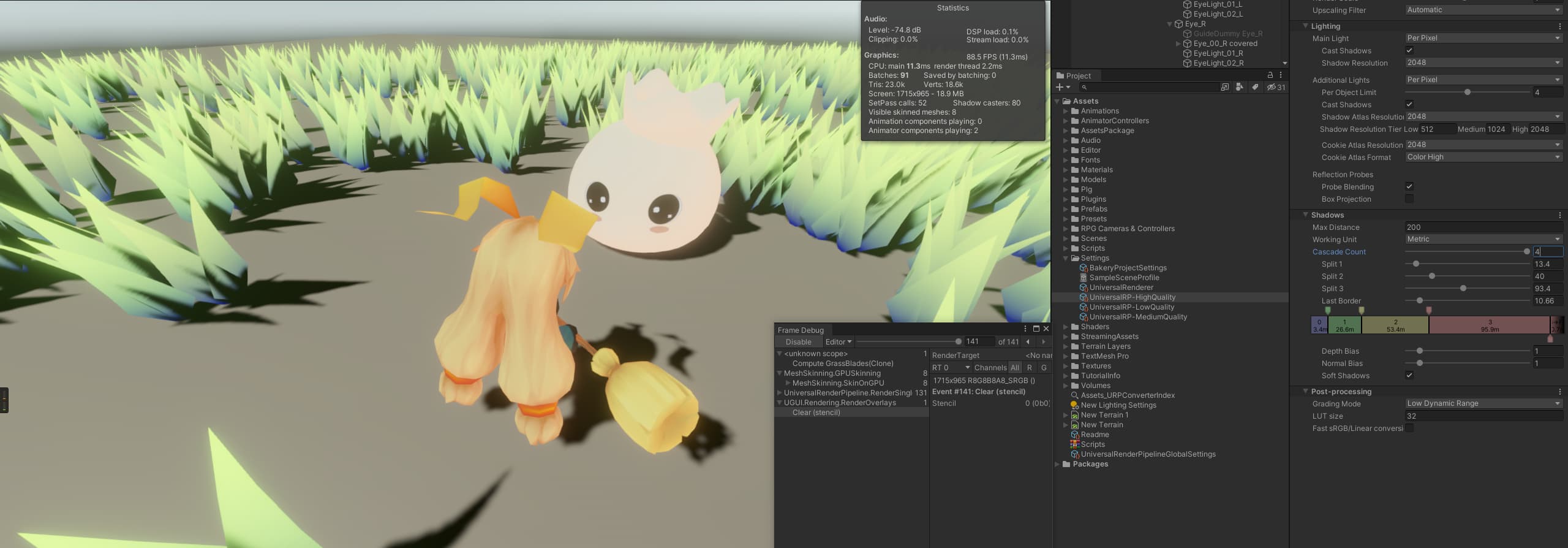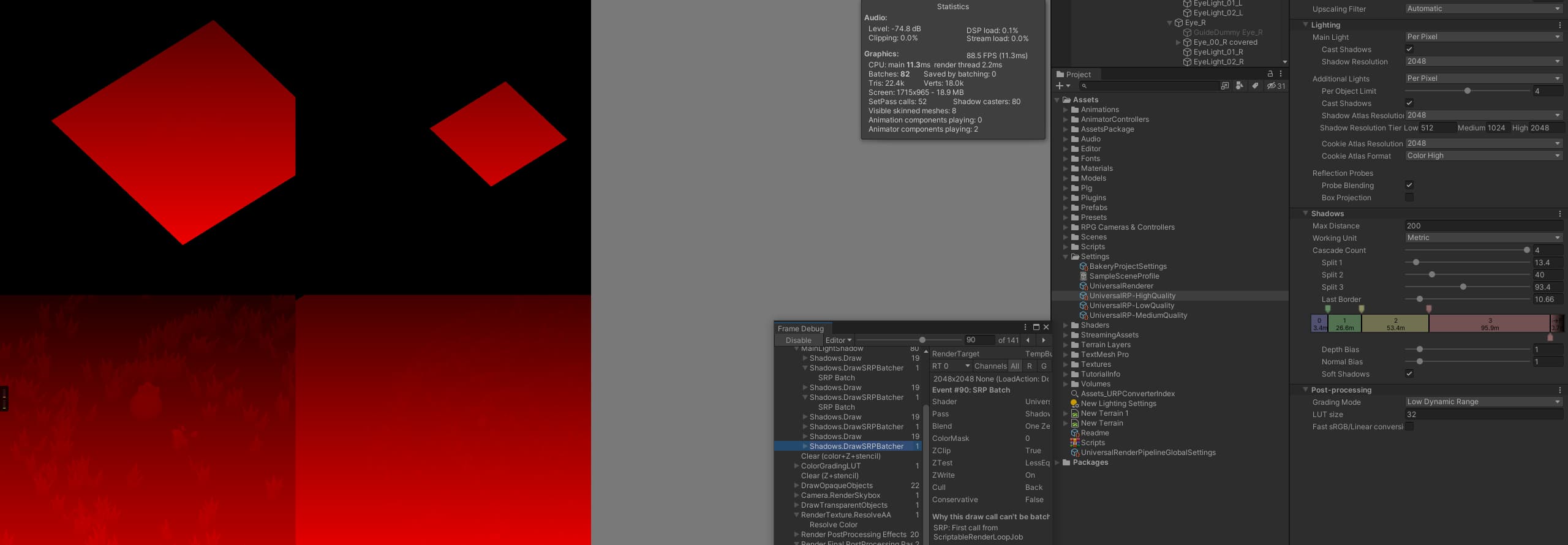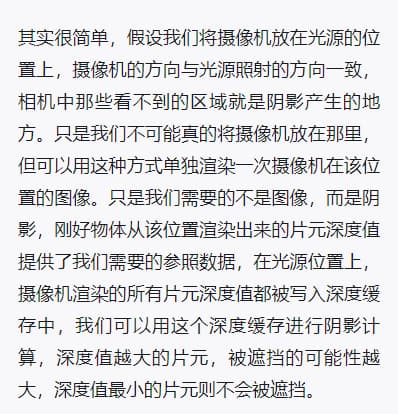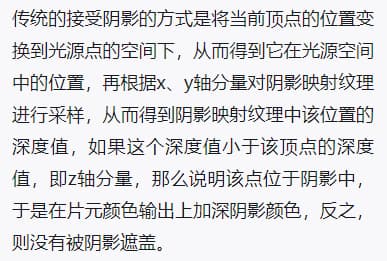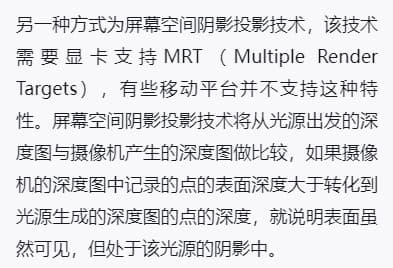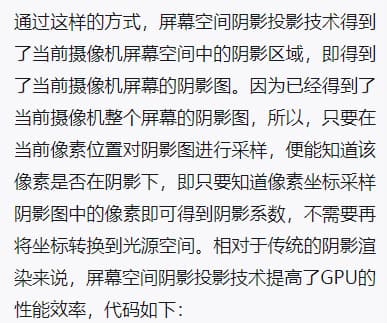1
2
3
4
5
6
7
8
9
10
11
12
13
14
15
16
17
18
19
20
21
22
23
24
25
26
27
28
29
30
31
32
33
| half3 color = GlobalIllumination(
brdfData, brdfDataClearCoat, surfaceData.clearCoatMask,
inputData.bakedGI, surfaceData.occlusion,
inputData.normalWS, inputData.viewDirectionWS);
half3 GlobalIllumination(BRDFData brdfData, BRDFData brdfDataClearCoat, float clearCoatMask,
half3 bakedGI, half occlusion,
half3 normalWS, half3 viewDirectionWS)
{
half3 reflectVector = reflect(-viewDirectionWS, normalWS);
half NoV = saturate(dot(normalWS, viewDirectionWS));
half fresnelTerm = Pow4(1.0 - NoV);
half3 indirectDiffuse = bakedGI * occlusion;
half3 indirectSpecular = GlossyEnvironmentReflection(reflectVector, brdfData.perceptualRoughness, occlusion);
half3 color = EnvironmentBRDF(brdfData, indirectDiffuse, indirectSpecular, fresnelTerm);
#if defined(_CLEARCOAT) || defined(_CLEARCOATMAP)
half3 coatIndirectSpecular = GlossyEnvironmentReflection(reflectVector, brdfDataClearCoat.perceptualRoughness, occlusion);
half3 coatColor = EnvironmentBRDFClearCoat(brdfDataClearCoat, clearCoatMask, coatIndirectSpecular, fresnelTerm);
half coatFresnel = kDielectricSpec.x + kDielectricSpec.a * fresnelTerm;
return color * (1.0 - coatFresnel * clearCoatMask) + coatColor;
#else
return color;
#endif
}
|
